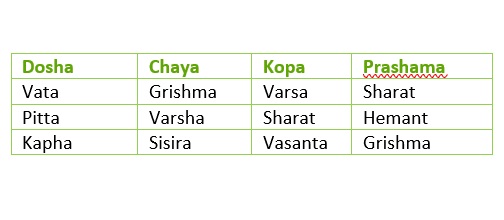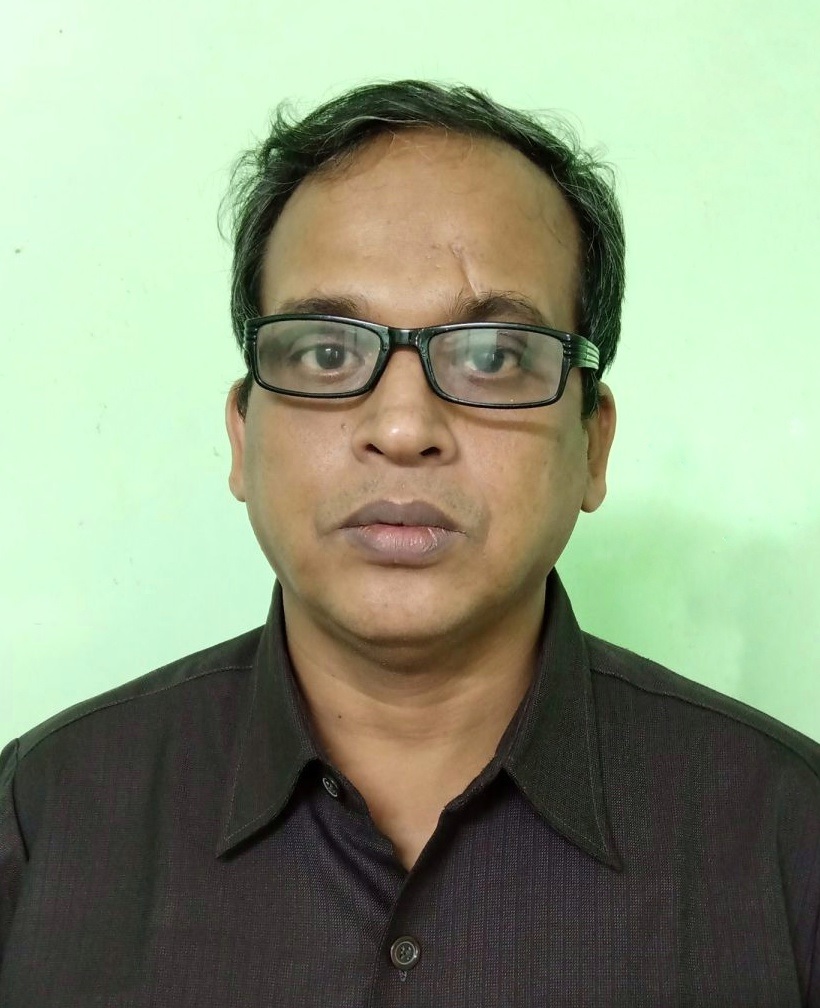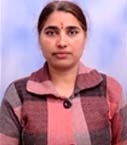Entire Pathogenesis Process of Disease Established Upon Shatkriyakala Concept

DOI:
https://doi.org/10.54060/a2zjournals.ijahr.36Keywords:
Dosha, Sanchaya, Dhatu, PrakopaAbstract
Ayurveda is a complete life science giving equal emphasis to both prevention and treatment of disease. It also has elaborated the manifestation of disease starting from etiology to complications. In the Sutrasthana's Vran-Prashniya Adhyaya chapter, Acharya Sushrut has talked about Shatkriyakala in this context. The three sharir doshas—Pitta, Kapha, and Vata—are the primary drivers of all bodily activities. If there is an imbalance between these doshas, it can affect Dhātu and lead to a number of ailments due to specific reasons. It is crucial to understand how these doshas go through our bodies from now on. The terms Kriya and Kala, which denote time and treatment or action, respectively, make up the phrase Kriyakala. Kriyakala, then, refers to the period of therapy or chances within the course of a disease's appearance. It also advises us on the best course of action and when to begin therapy. It includes six stages – Sanchaya, Prakopa, Prasara, Sthanasamsraya, Vyaktavasta, Bhedavasta.
Downloads
References
Shastri A. Susrutha Samhita. Chapter 21. Varanasi: Chaukhambha Sanskrit Prakashana; 2001.
Sharma PV. Susruta Samhita Sutrasthana. English translation. Varanasi: Chaukhmbha Visvabharti; 2000. I(18):21.
Shastri KA. Susrutha Samhita. Chapter 21, Page 90. Varanasi: Chaukhambha Sanskrit Prakashan; 2006.
Vagbhat, Shastri HS, Paradkar (editor). Ashtanga Hridayam. Sutrasthana 3/18. Varanasi: Chaukhambha Sanskrit Sansthan; Year.
Lad VD. Textbook of Ayurveda - a complete guide to clinical assessment. Vol II. The Ayurvedic Press; 2006. p. 190-202.
Vaiyda SLC. Astang Hridayam of Vagbhatta. Astanga Hridayam Sutra Sthana. Chapter 12, p. 101. Varanasi: Motilal Banarasidas; 2005.
Sumantran VN, Tillu G. Cancer, inflammation and insights from Ayurveda. 2012.
Vagbhat. Ashtanga Hridayam. Shastri HS, Paradkar (editor). Varanasi: Choukhambha Sanskrit Sansthan. Sutrasthana 3/18, p. 42.
Dwarakhanath C. Introduction to Kaya Chikitsa. Varanasi: Chaoukhamba Orientalia. p. 109.
Tripathi R. Astang Sangraha. Sutra Sthana 12th Ch. Varanasi: Chaukhambha Publications; 2012.

Downloads
Published
How to Cite
CITATION COUNT
Issue
Section
License
Copyright (c) 2024 Dr Dinesh Ranjan Sahu Dinesh, Dr. Sarita Mohanta, Dr. Manoranjan Sahu

This work is licensed under a Creative Commons Attribution 4.0 International License.























